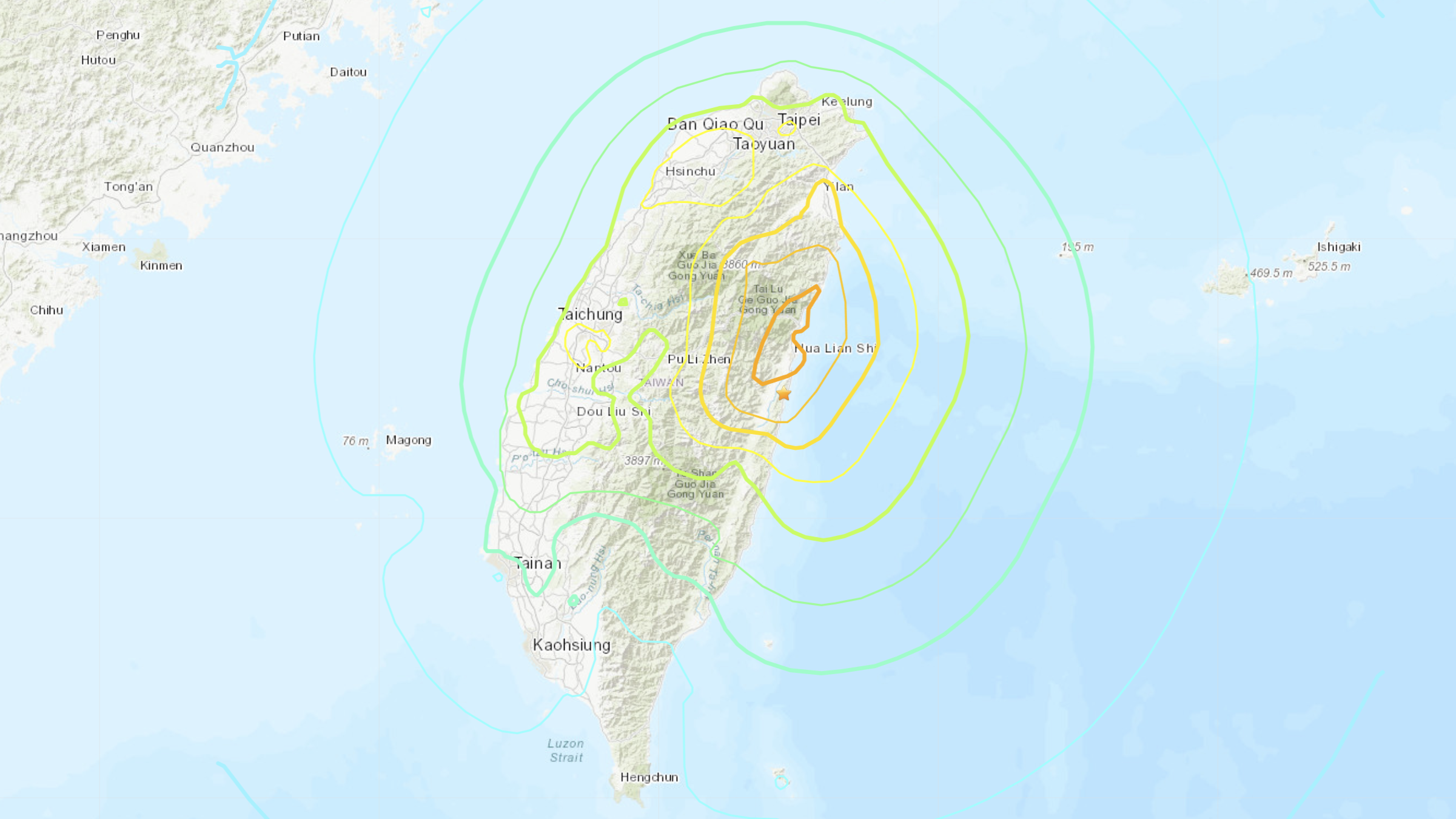On Wednesday at around 7:58 am local time, a 7.4 magnitude earthquake struck off of Taiwan’s east coast, with the epicenter 18km from Hualien City. The country issued Tsunami warnings while Japan and the Philippines also braced for possible flooding. According to theU.S. Geological Survey, this is the most powerful quake Taiwan has experienced since a 7.7 event that occurred in 1999. The USGS also says that a 6.5 aftershock occurred 13 minutes later.
At around 9 am local time, Bloombergreportedthat TSMC, one of the world’s largest chipmakers, had evacuated some plants as a precautionary measure. Wen-Yee Lee, a semiconductor reporter in Taiwan, tweeted an update from TSMC stating that some facilities had been evacuated as part of “internal company protocols.”

The good news is that TSMC’s foundries are located on the west side of Taiwan, while the quake occurred off of the east coast. The Financial Times has a great map showing the location of TSMC’s 12 Taiwan fabs, which are spread out between Tainan, Taichung, Hsinchu City, and Taoyuan City. According toAsia Tech Wire, the chip giant stated that it estimates a 6-hour disruption in production.
According toCNN, as of 11 am Taiwan time, there were at least 26 building collapses with at least 15 of the buildings in Hualien County. More than 91,000 households were without power. Videosposted on Redditshow significant shaking in Taipei, with Taipei 101, one of the world’s tallest skyscrapers, shaking.

Aside from the human cost, this quake could also significantly affect chip production, potentially causing shortages or raising the prices of key components. This would, in turn, lead to higher costs for everything from laptops to TV sets.
TSMC is not the only company that manufactures major components in Taiwan, however. According to Bloomberg, UMC (United Microelectronics Corporation) has also evacuated its fabs. These are also located on the west side of the island, which means that they were likely not hit by the quake.
It’s important to note that even short disruptions in production can lead to big price hikes, and Taiwanese earthquakes have a long history of disrupting the global electronics supply chain. After the 1999 quake, prices for DRAM modulesjumped by more than 25 percent,and shortages continued for months.
Get Tom’s Hardware’s best news and in-depth reviews, straight to your inbox.
We’ll have to see what the effect of this latest disruption is on the prices of key PC components such as CPUs and DRAM.
Avram Piltch is Managing Editor: Special Projects. When he’s not playing with the latest gadgets at work or putting on VR helmets at trade shows, you’ll find him rooting his phone, taking apart his PC, or coding plugins. With his technical knowledge and passion for testing, Avram developed many real-world benchmarks, including our laptop battery test.